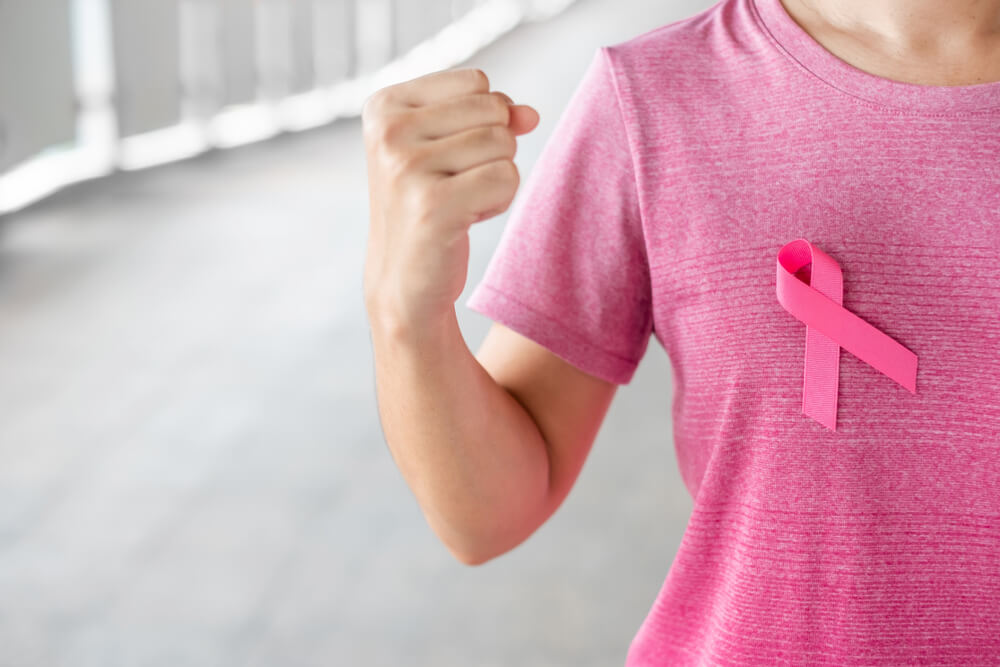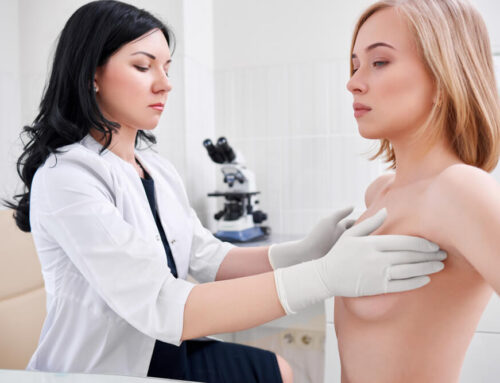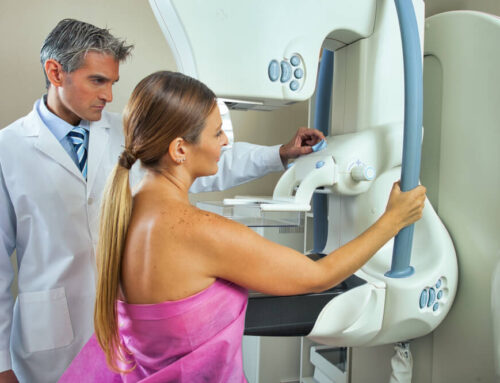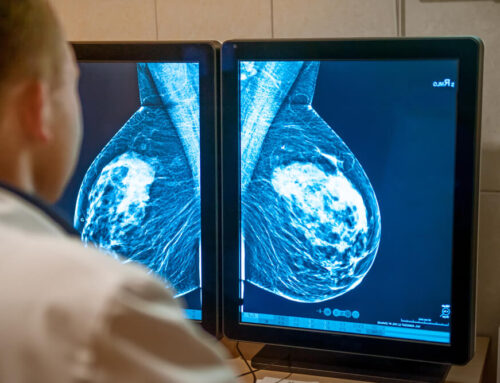In our article, we’ll go through some myths and the truth about breast cancer to help you understand more about this condition and the treatment that it involves.
The Truth About Breast Cancer
Have you ever wondered, ‘Do nipple piercings cause breast cancer?’ ‘Do underwire bras increase your risk of getting cancer?’
Keep on reading, as we’ll explore ten breast cancer myths and truths that you may find interesting:
Myth about breast cancer #1:
If your diet is healthy and you exercise regularly, you’re not at risk of developing breast cancer.
Truth:
These strategies can lower the risk but can’t eliminate it.
We meet many physically active patients and follow a healthy diet but have breast cancer. Some studies indicate that these behaviors can help lower your risk, but there’s still a chance of developing it.
That said, we still recommend that you perform a breast self-exam and see your doctor for regular screenings.
Myth about breast cancer #2:
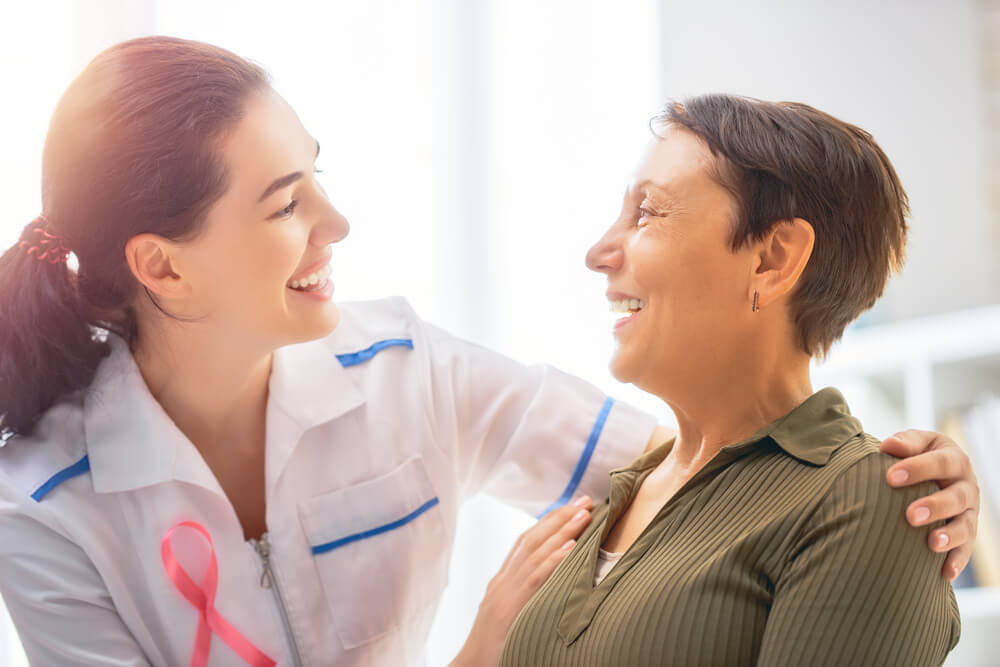
You can’t get breast cancer unless it runs in your family.
Truth:
Many women diagnosed with breast cancer don’t have a family history of this disease.
However, the risk increases if:
- Your mother, sister, or aunt have had breast or ovarian cancer.
- Your close relatives have developed cancer at a young age.
- You have male relatives with breast cancer.
As you age, you’re also at a greater risk of developing the disease, as healthy breast cells can mutate on their own and turn into cancerous cells.
Moreover, it is also best to have a yearly mammogram if you’re 40 or older. We also recommend seeing a genetics counselor by the age of 30 if you have a family history of breast or ovarian cancer, as you may need to begin breast cancer screening before turning 40.
Myth about breast cancer #3:
A lump indicates breast cancer
Truth:
This is another myth about breast cancer, as many women think that the disease causes a lump that they can feel during a self-exam. As a result, they may also skip their mammogram appointment. That said, most breast lumps are not cancerous, and many patients with cancer don’t feel a lump.
Talk to a doctor if you feel a lump or notice any changes in your breasts, such as nipple pain, swelling, irritation, and nipple retraction.
Myth about breast cancer #4:
Early-stage breast cancer doesn’t recur.
Truth:
Early-stage breast cancer is a tumor that hasn’t spread to the underarm lymph nodes, and many people think that this type of cancer can’t come back. Most patients with this disease rarely experience a recurrence, but the risk is still there.
Another cancer myth is that If breast cancer doesn’t recur within five years, then it won’t come back later in life. It’s important to note that most recurrence cases occur in the first two to five years, but some cancers also recur 20 years after diagnosis.
Furthermore, when there is a recurrence, cancer develops in its original location, in the breasts or chests. Sometimes we refer to recurrent breast cancer as metastatic or stage IV cancer, as it comes back in other body areas, such as the bones, liver, or lungs.
So, if you have early-stage breast cancer, the treatment you’re receiving may help determine your risk of recurrence.
Myth about breast cancer #5:
Breast injuries can cause breast cancer.
Truth:
A breast injury can’t cause breast cancer, but the changes in your breasts may mimic breast cancer on a mammogram. We refer to this process as fat necrosis, as it can look like an irregular mass, and its appearance may be similar to breast cancer.
However, a needle biopsy helps determine if the change in your breast is cancer or fat necrosis.
Myth about breast cancer #6:
Underwire bras can increase the risk of breast cancer.
Truth:
Underwire bras don’t increase your risk of breast cancer, but you may consider wearing bras without a wire.
This is because the wire can irritate the skin under your breast, leading to a breakdown, allowing bacteria to enter your breasts and cause an infection.
Myth about breast cancer #7:
Nipple piercings increase the risk of cancer.
Truth:
An interesting fact about breast cancer is that nipple piercing doesn’t increase cancer risk.
However, these piercings can cause complications, such as infections and abscesses.
- Mastitis: This is an inflammation that occurs when you have a blocked milk duct, and it can also develop if you have a bacterial infection in your breasts. It can cause symptoms such as breast soreness, swelling, and redness.
- Abscess: A complication of an infection, causing pus-filled lumps that get swollen. Your doctor may prescribe antibiotics to treat breast abscesses.
You may also have difficulty breastfeeding since you’ll have blocked ducts from the scar tissue, cysts, and nerve damage. This can also inhibit the milk flow coming from your breasts, and you may have a higher risk for scarring if you have more than one piercing in a single nipple.
As a result, it would be best to avoid getting your nipples pierced or remove the piercing if you’re planning to breastfeed.
You can discuss the risks with a medical specialist and what you can do before you start breastfeeding.
Myth about breast cancer #8:
Only women get breast cancer.
Truth:
Although the disease is common in females, it can also develop in males. In fact, according to the Centers for Disease Control and Prevention (CDC), there were over 2,000 cases of breast cancer in men.
Some of the common symptoms that men can experience when they have breast cancer:
- A lump.
- Breast swelling.
- Skin redness.
- Nipple discharge.
Moreover, below are some factors that can increase a man’s chance of getting breast cancer:
- Age: Most people get diagnosed after the age of 50.
- Family history of breast cancer: The risk is higher if a man has a close relative who has had breast cancer.
- Klinefelter syndrome: This is a rare genetic condition when a man has an extra X chromosome. This causes the body to produce more estrogen and lower androgen levels – the hormones responsible for developing male sexual characteristics.
- Obesity: Older men who have obesity have a higher risk of getting cancer more than those at a normal weight.
Myth about breast cancer #9:
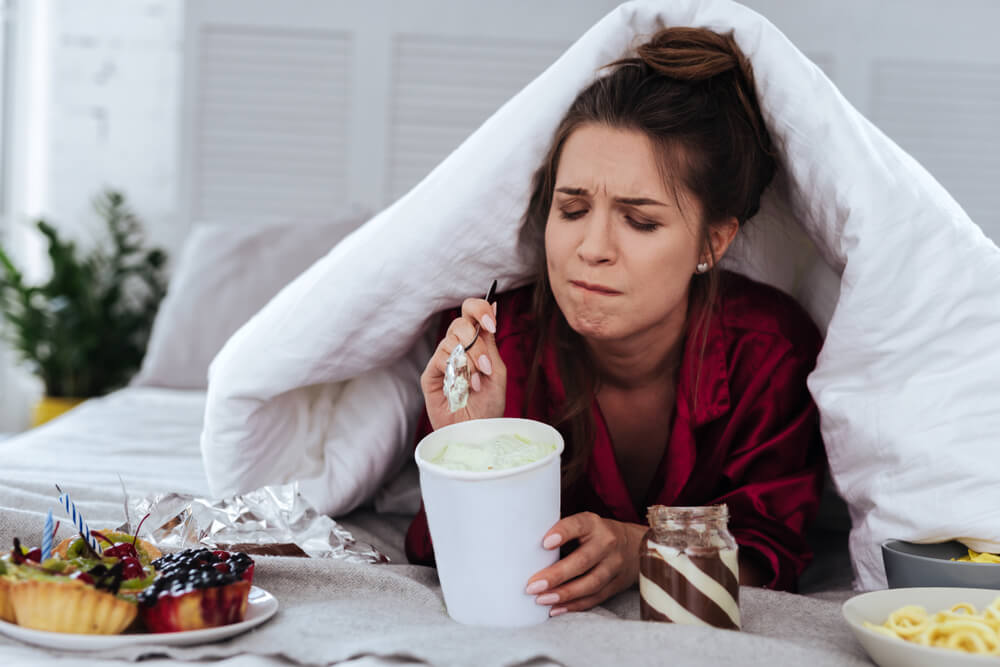
Sugar causes breast cancer.
Truth:
Another common myth about breast cancer involves sugar consumption.
Although following a healthy diet can lower your risk of cancer, indulging in a sugary treat now and then does not increase your risk.
The American Cancer Society states that all cells, including cancer cells, use blood sugar as fuel, but high sugar levels do not speed up their growth, and starving them of sugar doesn’t slow down their growth either.
However, consuming too much sugar or drinking sugar-sweetened beverages can cause weight gain, which can increase breast cancer risk.
Myth about breast cancer #10:
People with breast cancer undergo the same type of treatment.
Truth:
Not everyone with breast cancer receives the same type of treatment, as this depends on the size of the tumor and how far it has spread, among other factors.
If you have breast cancer, you may undergo:
- Surgery: This removes the cancerous tissue.
- Radiation therapy: It uses high-energy rays that kill cancer cells.
- Chemotherapy: This includes medications that shrink or kill cancerous cells. Sometimes, doctors administer these drugs intravenously.
Book Your Appointment Today
There are a lot of misconceptions about breast cancer, as a lot of people believe that the disease can only develop in women or in those with a family history of cancer.
Is there any information that we didn’t cover in our article? If you’re concerned about your breast health or you have questions about breast cancer myths, you can book an appointment with us. Our Breast Cancer Miami clinic is open on weekdays from 9:00 a.m. to 5:00 p.m, and our team can help address any concerns you might have.



